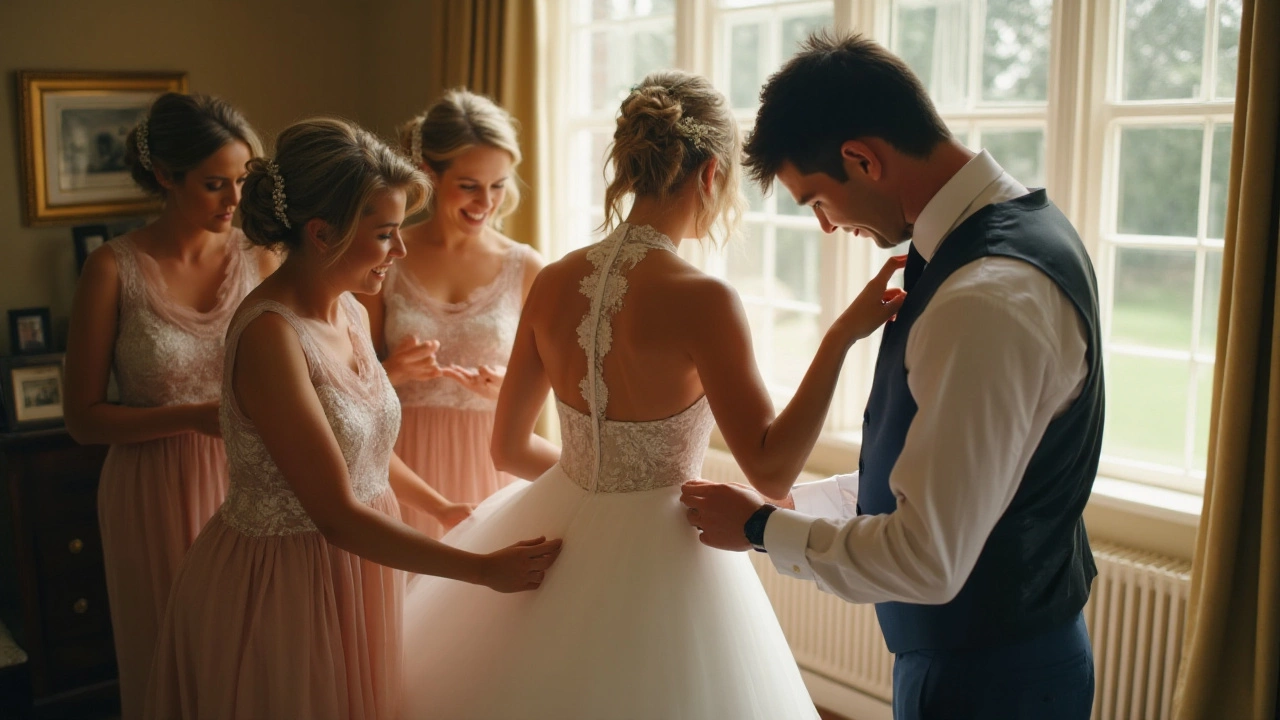Coverage Time: How Long Your Wedding Photographer Should Be On‑Site
When you plan a wedding, the photo timeline often feels like a mystery. You want all the highlights without paying for extra hours you’ll never use. The good news? You can nail the right coverage time by understanding the flow of a typical day and matching it to your budget.
Break Down the Day Into Must‑Capture Segments
Most couples need three core blocks of coverage: preparation, ceremony, and reception. Prep time usually starts an hour before the bride gets dressed and lasts until the couple is ready to head to the venue. Capture the makeup, the dress, and those nervous smiles – they set the emotional tone.
The ceremony itself varies. A short civil ceremony can be 15‑20 minutes, while a full church service runs 45‑60 minutes. Ask your photographer how many minutes of coverage they allocate for the ceremony and ensure there’s a buffer for walk‑downs, family entrances, and any unplanned moments.
After the vows, the reception kicks in. Key moments include the first dance, cake cutting, speeches, and the grand exit. A tight schedule might wrap up after two hours, but a longer celebration can push it to four or more. Decide which events matter most to you and tell the photographer where to focus.
Match Coverage Time to Your Budget and Venue Rules
Photographers usually charge by the hour, with a minimum block of three to four hours. Some offer a “full‑day” package (often 8‑10 hours) that includes a second shooter and a pre‑wedding meeting. Compare the price per hour against the actual time you need. If you only have a small ceremony and a brief cocktail, a three‑hour package might be enough.
Don’t forget venue restrictions. Some historic churches limit flash use after a certain time, and outdoor sites may have a sunset cutoff. Knowing these rules helps you avoid paying for coverage that can’t be used.
A useful trick is to schedule a short “photo‑only” session before the ceremony. This lets the photographer capture styled shots of the dress and accessories while guests are still arriving. It also spreads the workload, so the photographer can focus on the ceremony and reception later.
Finally, ask about overtime fees. If the party runs late, you’ll need a clear plan. Some photographers offer a flat overtime rate, while others charge a higher per‑hour fee. Knowing this ahead of time prevents surprise costs on your wedding day.
In short, aim for a coverage plan that covers prep, ceremony, and reception highlights, respects your budget, and follows venue rules. Talk openly with your photographer, list your must‑have moments, and you’ll end up with a photo timeline that feels just right – no wasted hours, no missing memories.
Finding the Perfect Wedding Photographer: Is 10 Hours of Coverage Enough?
Planning a wedding involves capturing cherished memories, making the choice of coverage time crucial. This article explores whether 10 hours is sufficient for wedding photography, addressing factors such as ceremony length, preparation, and reception activities. We will provide useful insights, tips, and real-world examples to guide couples in making an informed decision about their wedding day photography needs.
Read more